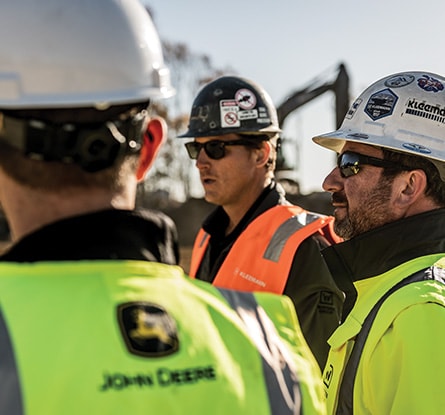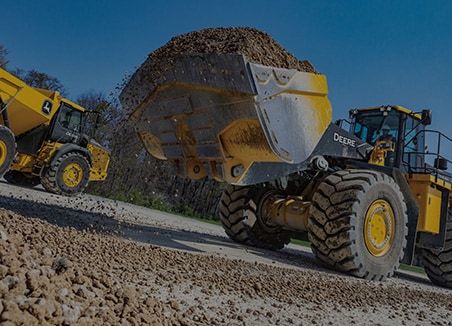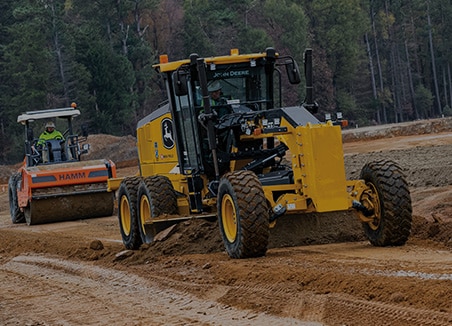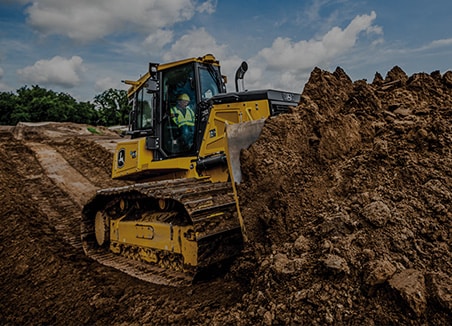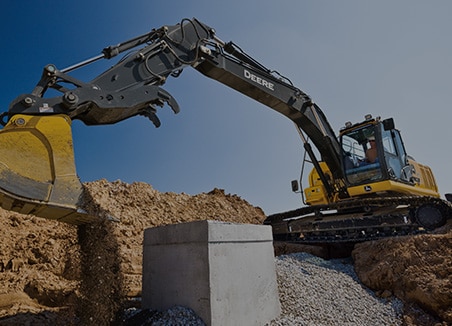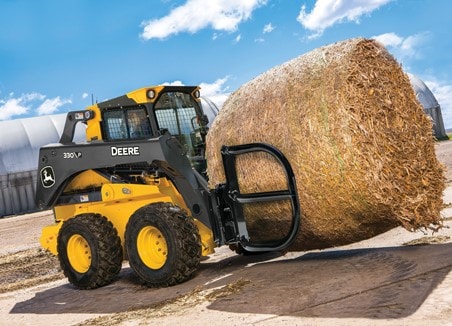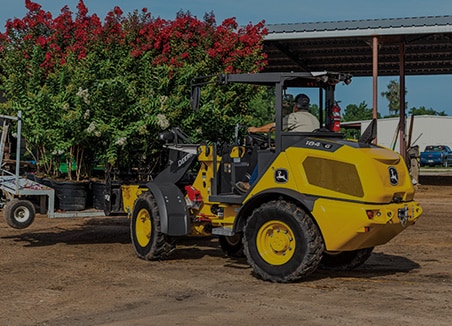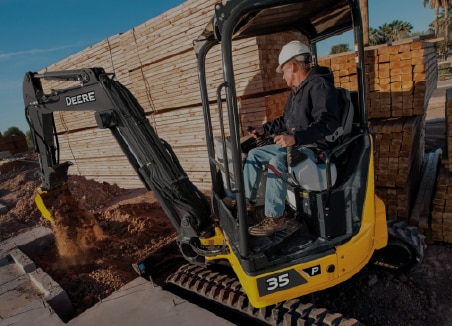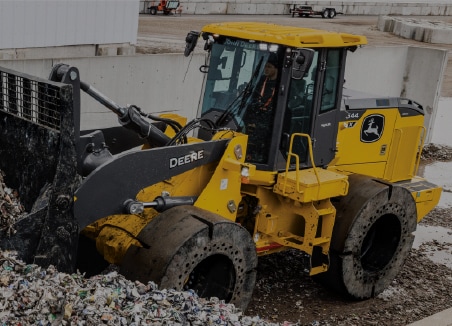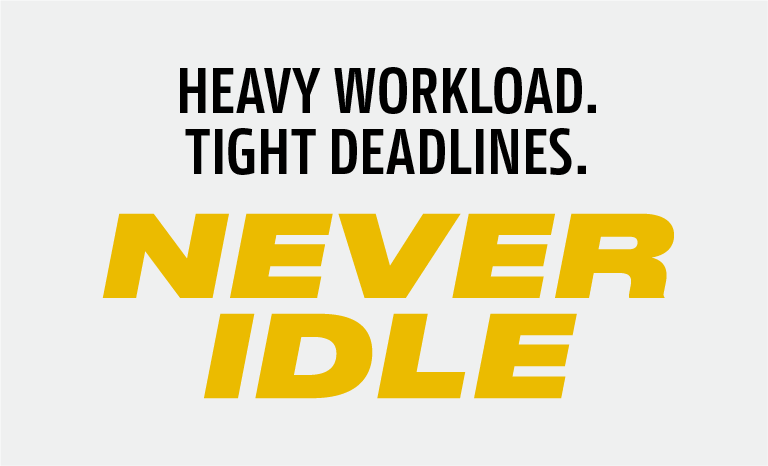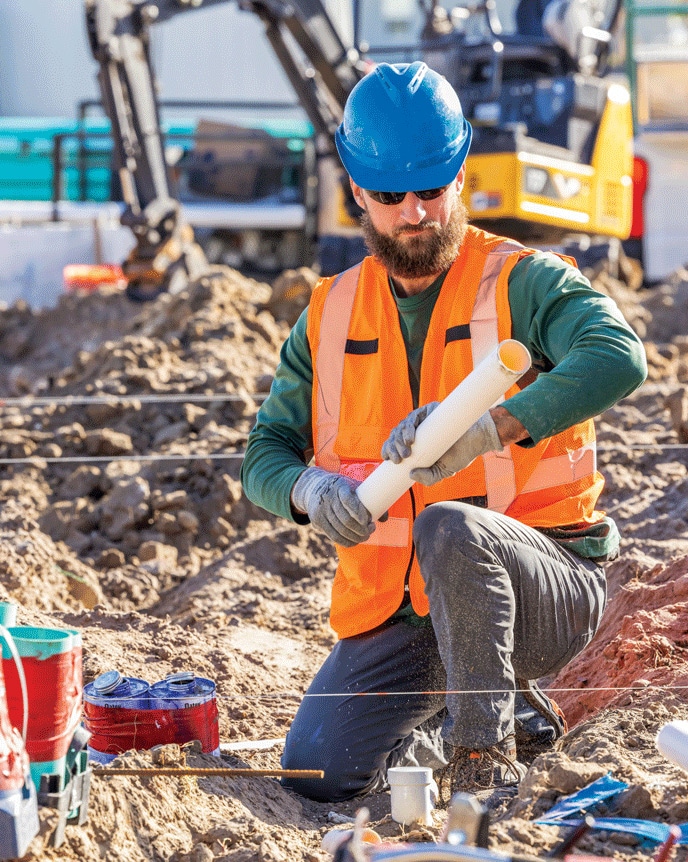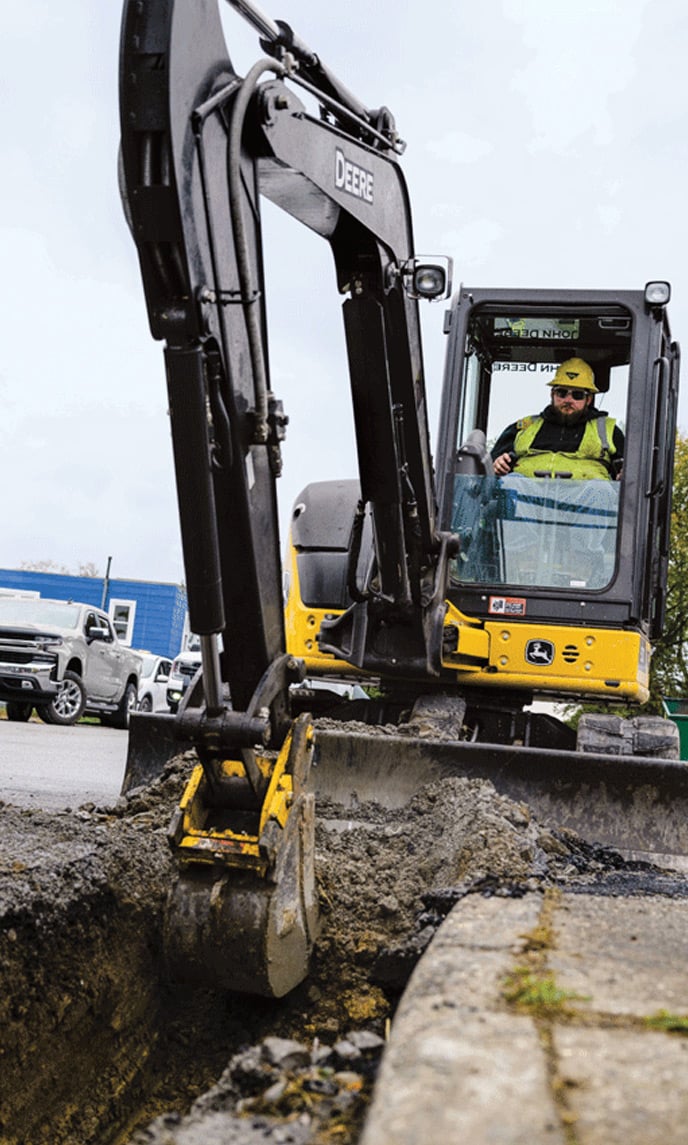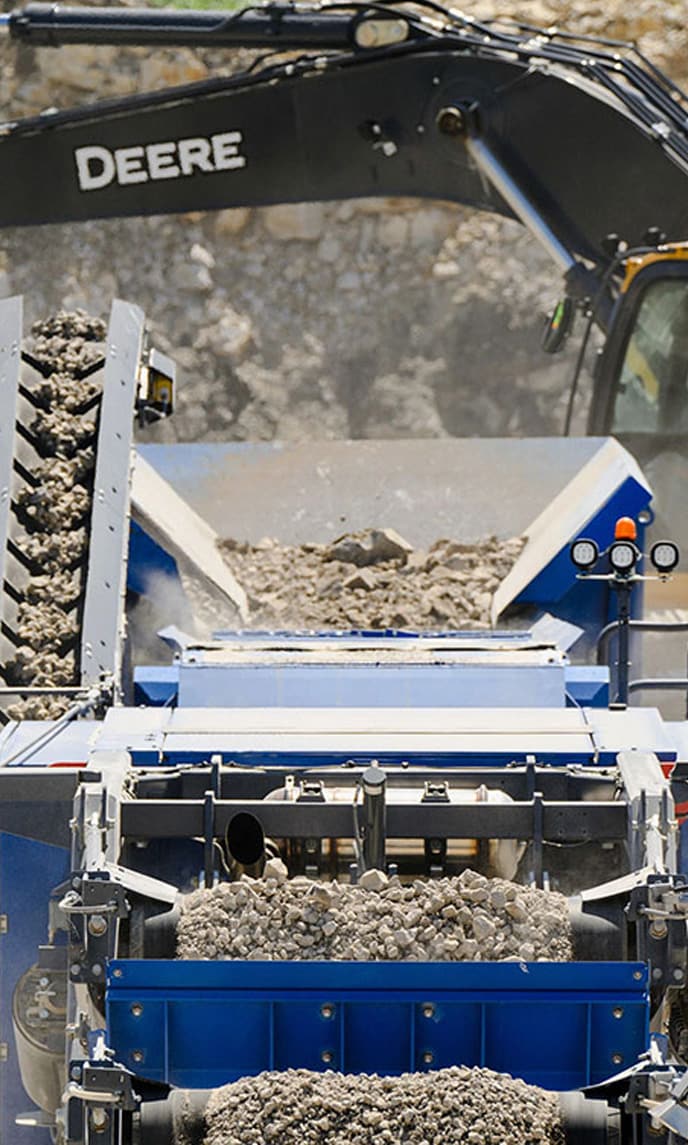Construction Equipment
EQUIPMENT APPLICATIONS
COMPLETE SOLUTIONS
Deere's solutions are designed to help you tackle every site challenge.
Precision Construction Technology
With our precision construction solutions, you can minimize rework and maximize your efficiency.
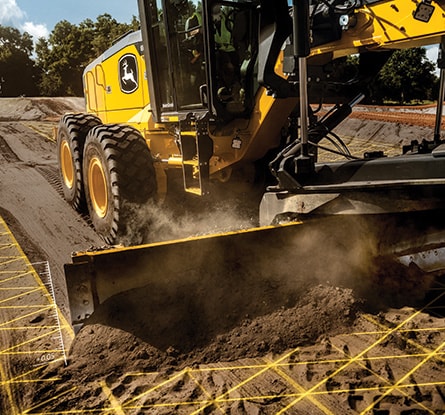
Dealer Support
Stay up and running and lower your costs by
making the most of our world-class dealer network.
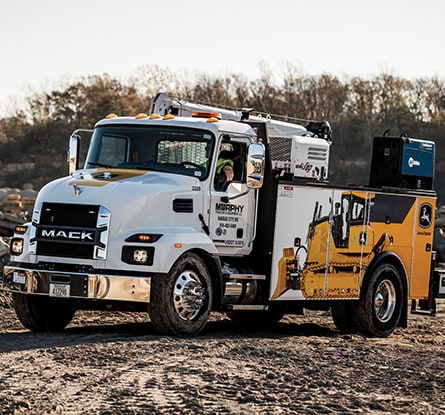
Financing
You need a finance team that gets in the trenches
to learn about your entire operation,
not just your credit score.
